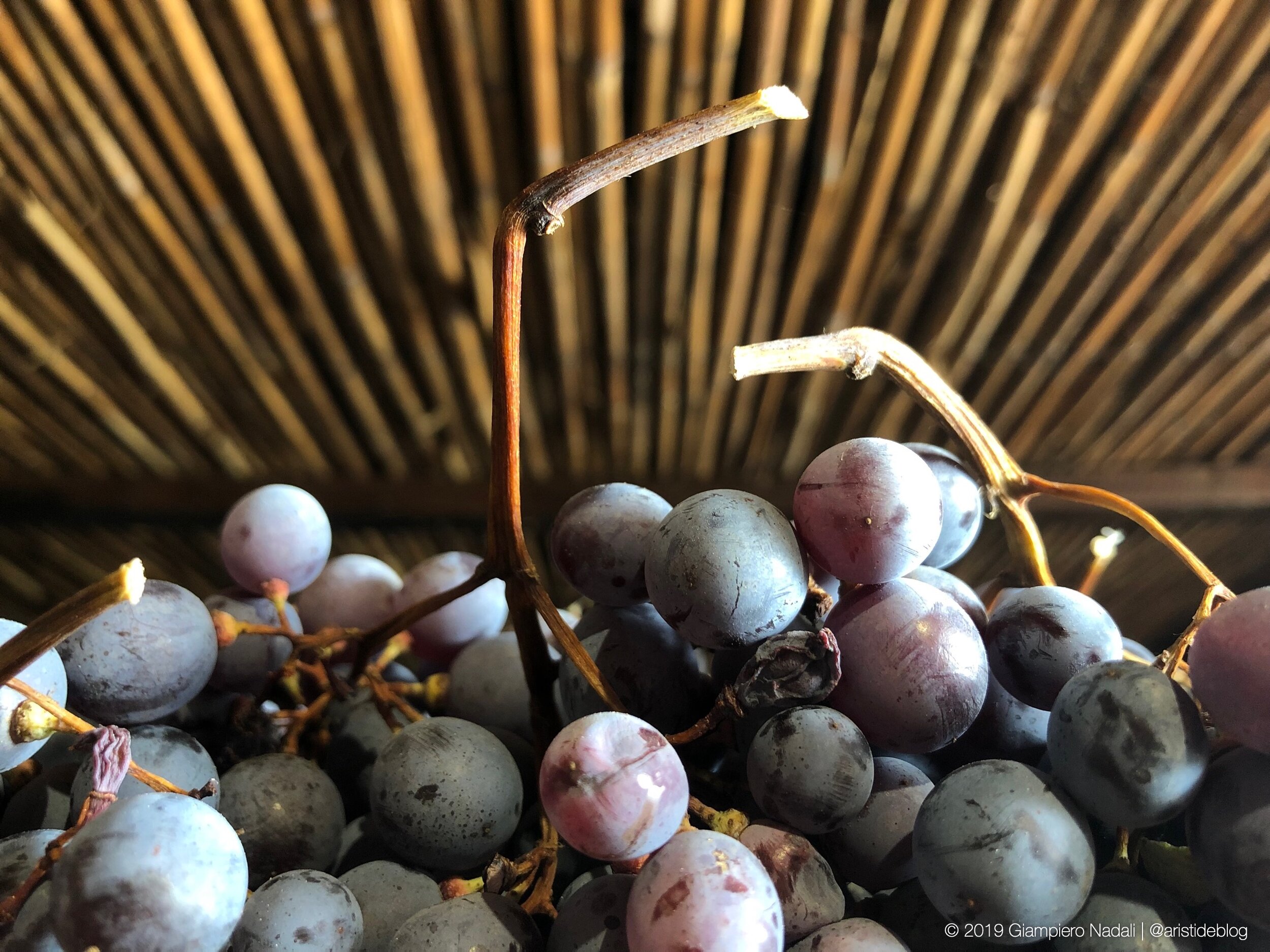Valpolicella Wines' New Path
/Harvest 2019, first grapes for amarone and recioto are starting to be placed to rest
The 2019 harvest is ready to start in Valpolicella and new rules of production are set to be used.
Recently, the members’ assembly of Consorzio Valpolicella (the wine board of Valpolicella producers) approved a modification in the production rules of the appellation, and according to the Consorzio president Andrea Sartori, “this is just the beginning”. Is new dawn approaching this important wine region? We’ll see.
The newly approved rules are the following:
BLEND. The Corvinone grapes may play the lion’s part in the blend of all Valpolicella wines. Its percentage rises to 95%; previously was 50%. This means that depending on where the vineyards are located, Valpolicella wines (Amarone della Valpolicella in primis) could be made mainly with Corvinone. The reason why the Consorzio chose to raise the percentage of Corvinone is due to the features of the grape: it grows very fine on the hills, performing better than Corvina when the vintage is warm. And due to the climate change, the vintages in this region are getting warmer and warmer. Therefore now you can have a Valpolicella, Valpolicella Ripasso or Amarone made with 95% of Corvinone and just 5% of Corvina. To an organoleptic point of view, this means that the wine will be possibly more structured, and overall more spicy than fruity, because Corvinone is rich of rotundone, the sesquiterpene also present in some Syrah wines, that imparts a peppery aroma to the wine.
VINEYARDS. The grapes reserved to make red wines from dried grapes (Amarone della Valpolicella and Recioto della Valpolicella) have to be picked from vineyards 4 years old at least. Previously the allowed vineyards were just 3 years old. “It means that to make the most important wines only the grapes of more mature and balanced vineyards will have to be used ” claimed the Consorzio Valpolicella vice-president Marco Sartori (Roccolo Grassi winery’s owner).
RESIDUAL SUGAR. The consumers’ taste is changing: dry wines with a low RS are more appreciated nowadays than in the past years. That’s why starting from 2019 on the Amarone della Valpolicella is going to have just 9 gr/l of residual sugar, 3 gr less than the current ones.
SCREWCAP. The third modification to the rules is about the closures. Now the fresh Valpolicella wine can be closed also with screwcap at last, and not only with cork. A welcome change for all those markets which declared war to TCA.
RIPASSO: this wine has been the winning horse of Valpolicella region so far. Now there is a new rule for it as well: the Valpolicella Ripasso must contain a mandatory percentage (from 10 to 15%) of wine suitable for becoming Amarone or Recioto della Valpolicella. Furthermore, the ripasso operation cannot last more than three days, and both the wine reserved to become Valpolicella Ripasso and the pomace used for the ripasso operation must belong to the same producer.
The 2019 harvest, scheduled in a few days, has volumes of grapes reduced by 7-8% compared to the 2018 hyper-productive vintage. The market though is rising: "We see significant growth in the bottled product," said the president of the Consorzio Valpolicella, Andrea Sartori - This year the increases for Amarone and Ripasso are around 7% and 8% respectively”. Last year the denomination produced a total of 60 million bottles, with a turnover of 600 million euros: more than half (335 million) is estimated for Amarone alone, which goes abroad for 65% (more details, here). Germany, the USA, and Switzerland are still the most important countries, absorbing 43% of the exported bottles, while other markets (UK, Sweden, Denmark) show interesting increases. In the Far East, the share that arrives in Japan and China is still minimal (5%), but the value of exports to these two countries compared to 2015 has doubled.


